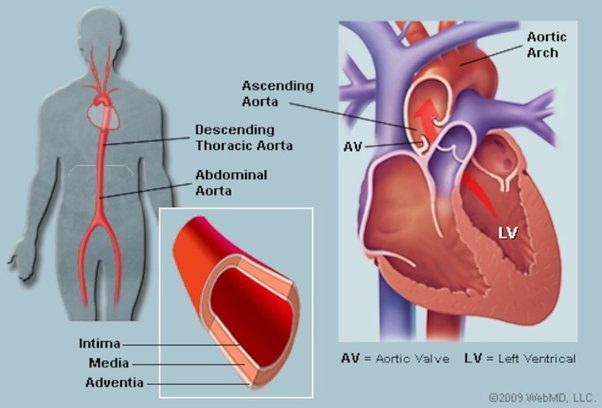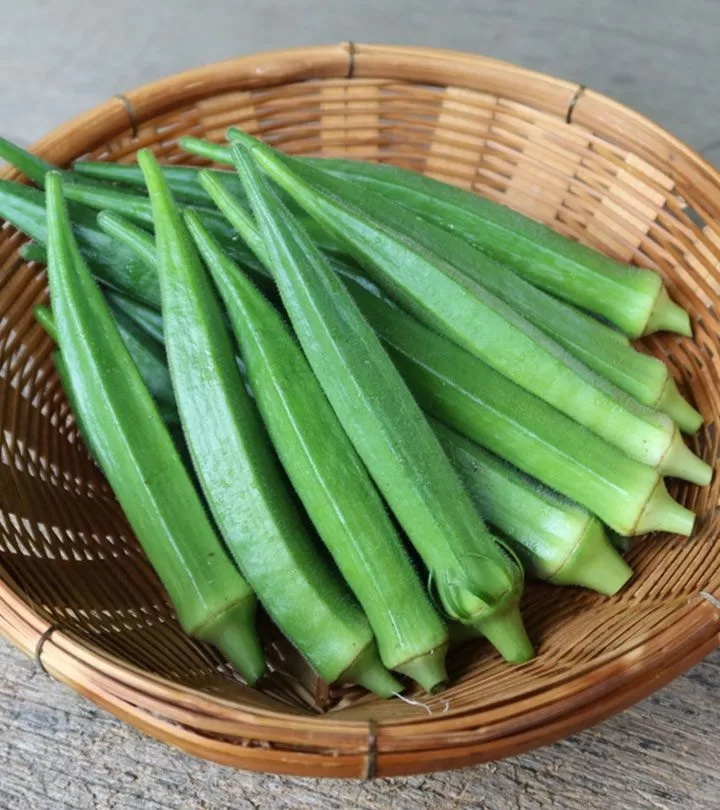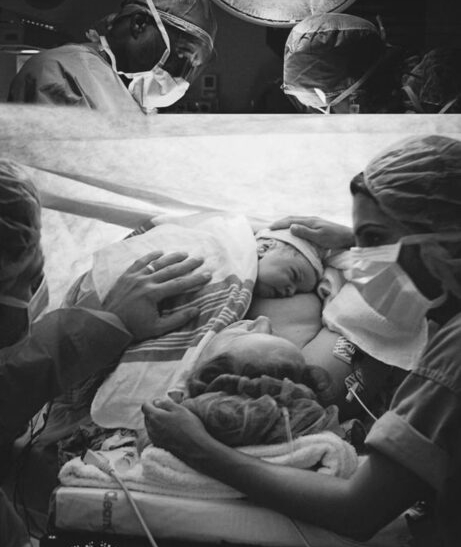5 Food To Eat To Tighten The Virgina
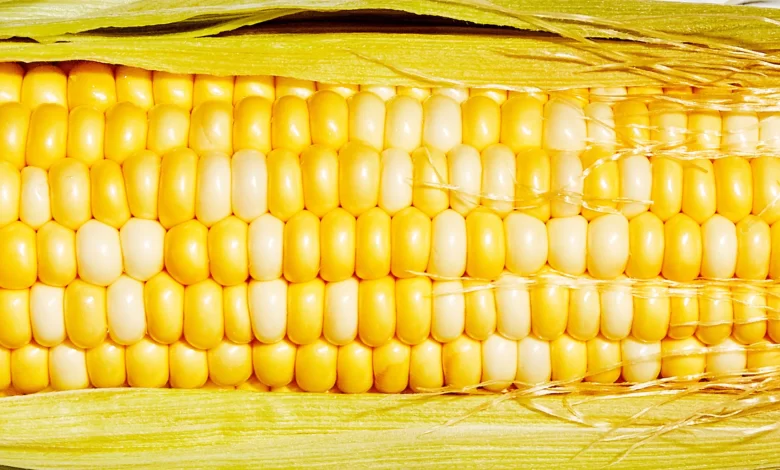

The nutritional values of fruits is far beyond securing the health, some fruits are also effective for vaginal tightening. They work effectively in making your vaginal tight, safe, stronger and healthy.
Vagina tightening is the process of tightening the pelvic muscles. It helps to achieve a degree of elasticity of the pelvic floor muscles, thus enhancing tightness.
A healthy diet will strengthen your pelvic region and ensure its function properly. However, consuming foods that are high in natural estrogens could be of great help. Here are 5 foods to eat to tighten your vigina naturally.
5 Food To Eat To Tighten The Virgina
- Carrots, Berries and Apples
- Whole wheat and Oats
- Corn
- Fish
- Eggs
1. Carrots, Berries and Apples


These fruits are high in natural estrogens which are also found in fenugreek, sesame seeds, pomegranates, soybeans and its products. Nutrient information varies with quantity eaten.
Enjoy as much as you’d like until you’re satisfied!
READ MORE: 9 Health Benefits of Ashwagandha Drink
Here are just a few things that estrogen does in the body:
- Regulates nervous system functions, maintains body temperature, and enhances the effects of endorphins (feel-good chemicals)
- Improves skin quality and prevents aging (collagen levels)
- Preserves the strength of bones and prevents bone loss
- Regulates the production of cholesterol in the liver
- Increases vaginal acidity and reduces the risk of bacterial infections
- Controls hair growth and prevents hair loss/thinning
2. Whole wheat and Oats
Oats and wheat are among the most famous cereals in the world. Both of them are rich in protein and fiber and provide lots of health benefits.


Most people don’t just consume oats for its culinary value, but for its health benefits, so it is advisable to again stick to the whole grain varieties.
These natural products contain anti-inflammatory, antioxidant, anti-itch, anti-irritant, and antiatherogenic activities. Oat kernel extracts with standardized levels of avenanthramide are ideal for skin, hair, baby and of course your vagina.
READ ALSO: Do cranberry pills make you taste better?
Bread and pasta products are by-products of wheat and Oats, and so when consuming your bread, make sure the label says “100 percent whole wheat.” Oats are particularly rich in avenanthramide, an antioxidant that protects the heart.
3. Corn
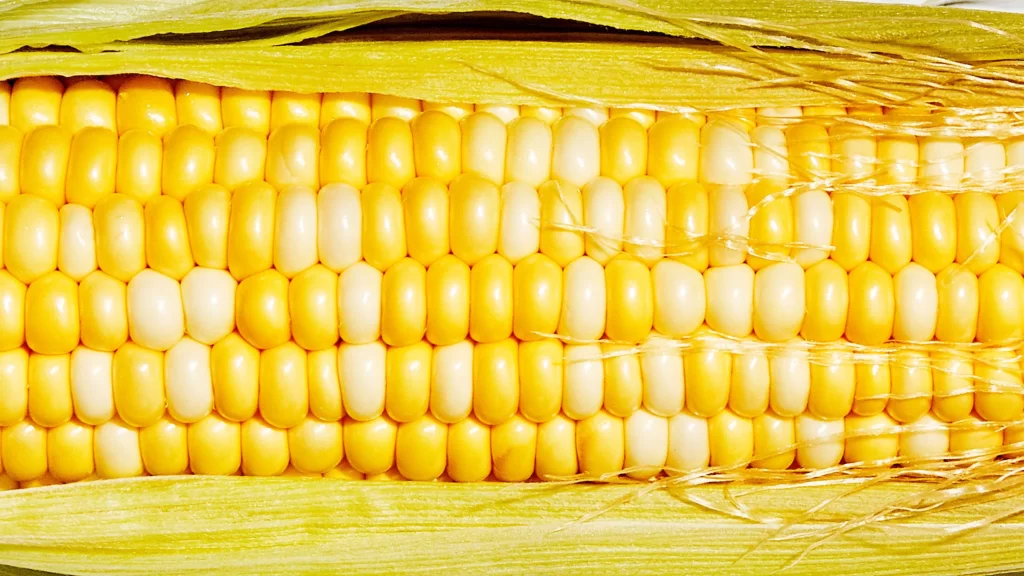

Corn is extremely rich in vitamin C, an antioxidant that helps protect your cells from damage and wards off diseases like cancer and heart disease.
Yellow corn is a good source of the carotenoids lutein and zeaxanthin, which are good for eye health and help prevent the lens damage that leads to cataracts.
The fiber in corn helps you stay full for longer between meals. It also feeds healthy bacteria in your digestive tract, which may help protect against colon cancer.
4. Fish


Fish is filled with omega-3 fatty acids and vitamins such as D and B2 (riboflavin). Fish is rich in calcium and phosphorus and a great source of minerals, such as iron, zinc, iodine, magnesium, and potassium.
The American Heart Association recommends eating fish at least two times per week as part of a healthy diet.
Because it contains organic lean protein, fish particularly small fish, including salmon, mackerel and sardines, are anti-inflammatory omega-3 foods that are correlated with better brain, hormonal and nervous system health.
They help combat cancer and also help to re-tighten your vagina wall and muscles.
READ ALSO: 11 Health Benefits of Guava Leaves Sexually
5. Eggs
The yolk of an egg is one of the premium sources of vitamin D. It has been observed that people who suffer from bad vaginal health also lack vitamin D in their bodies. This makes them more prone to infections which ultimately leads to an unhealthy vagina.
The many benefits of eggs include:
- Vitamins A, B5, B12, B2 add to your daily recommended requirement.
- Vitamins B6, D, E, and K are found in eggs.
- Selenium is a cancer-fighting antioxidant.
- Phosphorus aids in healthy bones and teeth.
- Calcium helps your bones stay strong.
- Zinc helps your immune system.
- Folate.
- Protein.
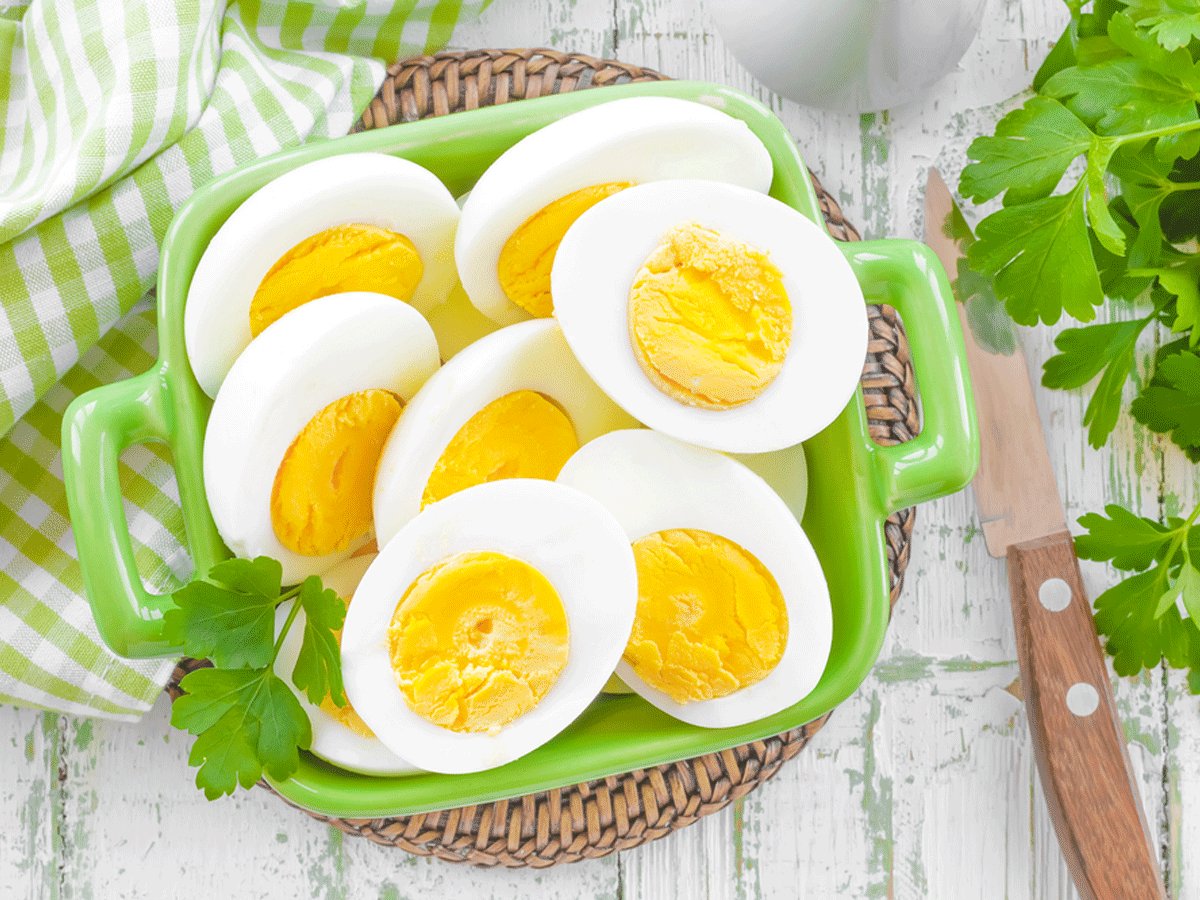
They’re also one of the few foods considered to be a “complete protein,” because they contain all 9 essential amino acids, as well as Vitamins A, B, E, calcium, zinc and iron.
READ MORE: What is Jacob’s Ladder Piercing? Everything You Need to know
What makes my vigina loose?
Vaginal looseness, also known as vaginal laxity, is a condition where the muscles and tissues of the vaginal canal become less tight or toned.
While it’s important to remember that some degree of change in vaginal tone can occur naturally over time, several factors can contribute to a more noticeable loss of tightness:
Childbirth: One of the most common causes of vaginal looseness is childbirth. The process of vaginal delivery can stretch and strain the vaginal muscles and tissues, leading to a loss of tone.
This is particularly true for women who have had multiple or difficult deliveries.
Aging: As women age, the collagen and elastin fibers that provide structural support to the vaginal walls can weaken. This loss of elasticity can result in reduced vaginal tone.
Hormonal Changes: Hormonal fluctuations, such as those that occur during menopause, can lead to changes in vaginal tissue.
Lower levels of estrogen can result in thinning and drying of the vaginal walls, which may contribute to a feeling of looseness.
Obesity: Excess body weight can put additional pressure on the pelvic floor muscles and tissues, potentially leading to a weakening of the vaginal muscles.
Lifestyle Factors: Chronic straining due to activities such as heavy lifting, chronic coughing, or even certain types of exercise can impact the pelvic floor muscles and contribute to vaginal laxity.
Genetics: Some women may be genetically predisposed to having naturally looser vaginal muscles.
READ MORE: What Is Prince Albert Piercing & How Does It Work?
Medical Conditions: Certain medical conditions, such as connective tissue disorders, can affect the integrity of the vaginal tissues and contribute to vaginal looseness.
It’s important to note that while vaginal looseness is a common concern for some women, it is not a reflection of one’s sexual activity or moral character.
Additionally, there is no universally “ideal” level of vaginal tightness; what matters most is an individual’s comfort and well-being.
How to fix vaginal looseness
If vaginal looseness is causing discomfort or impacting your quality of life, there are various options available to address the issue:
Pelvic Floor Exercises: Kegel exercises, which involve contracting and relaxing the pelvic floor muscles, can help strengthen the vaginal muscles over time.
Vaginal Rejuvenation Procedures: Some women opt for surgical or non-surgical procedures to address vaginal laxity. These procedures aim to tighten the vaginal tissues and improve overall tone.
Hormone Therapy: For menopausal women, hormone therapy can help address vaginal dryness and thinning, which may contribute to vaginal looseness.
Just before you go
The same way doctors discourage douching because it can change the pH balance of your vagina (which is a bad thing), using a yoni egg — or any foreign object — in your vagina to tighten it can do the same.
“Your vagina is self-cleaning and elastics, so there’s not a lot that needs to be done down there to help keep it in balance.”
Dr. Kshettry says. “All trends wax and wane, but when it comes to vaginal and reproductive health, less is more.”
In other words, leave your vagina alone. Unless you have a specific medical issue, there’s no reason to do much to your vagina at all — and if you’re having vaginal or pelvic pain, see a doctor.
Conclusion
It’s important to have an open and honest discussion with a healthcare provider if you’re experiencing concerns about vaginal looseness.
They can provide personalized guidance based on your individual situation and needs.
